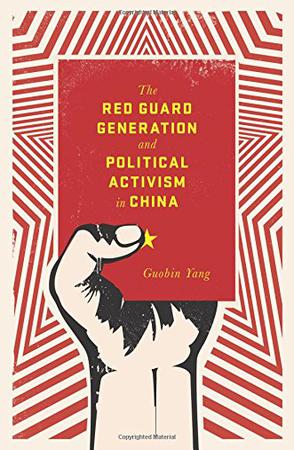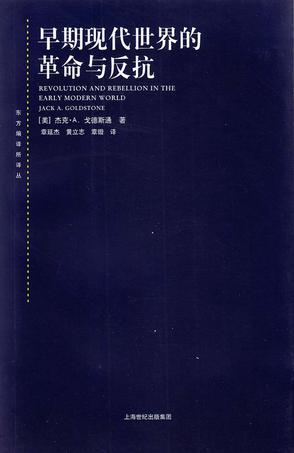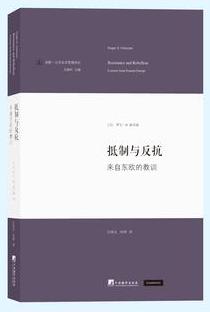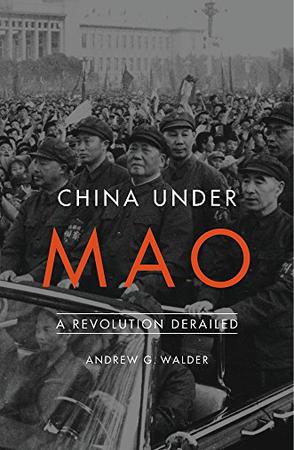-

The Red Guard Generation and Political Activism in China
Raised to be "flowers of the nation," the first generation born after the founding of the People's Republic of China was united in its political outlook and ambitions. Its members embraced the Cultural Revolution of 1966 but soon split into warring factions. Guobin Yang investigates the causes of this fracture and argues that Chinese youth engaged in an imaginary revolution from 1966 to 1968, enacting a political mythology that encouraged violence as a way to prove one's revolutionary credentials. This same competitive dynamic would later turn the Red Guard against the communist government. Throughout the 1970s, the majority of Red Guard youth were sent to work in rural villages. These relocated revolutionaries developed an appreciation for the values of ordinary life, and an underground cultural movement was born. Rejecting idolatry, their new form of resistance marked a distinct reversal of Red Guard radicalism and signaled a new era of enlightenment, culminating in the Democracy Wall movement of the late 1970s and, finally, the Tiananmen protest of 1989. Yang completes his significant recasting of Red Guard activism with a chapter on the politics of history and memory, arguing that contemporary memories of the Cultural Revolution are factionalized along the lines of political division that formed fifty years before. -

早期现代世界的革命与反抗
往昔的那些重大危机对于我们理解当代革命有何裨益?通过对国家、精英以及社会焦虑的集中分析,戈德斯通认为,那些重大革命都是“多元危机”的产物,当僵化的政治、经济、社会制度难以应对人口增长施于有限资源的沉重压力时,这些危机就会产生。戈德斯通进一步指出,究其原因而言,欧洲的那些重大革命——英国革命和法国大革命——与亚洲发生的那些大起义是相似的,亚洲的这些大起义使得奥斯曼土耳其帝国、中华帝国和日本这些王朝摇摇欲坠。 -

抵制与反抗
《抵制与反抗:来自东欧的教训》一书阐释了普通民众是如何卷入反对强权的抵制与反抗的。该书显示了一系列的因果力量——社会规范、焦点事件和理性的谋划——是如何驱使个人进入消极抵抗角色,并在下一阶段参加以社区为基础的反抗组织的。本书将这些运行机制和可见的社会结构联系起来进行分析,对何种类型的社区和社会最有可能形成和维持抵制与反抗活动做出了推论。 -

古拉格之恋
本书是一个真实的爱情故事,主人公是两位俄国青年,列夫和斯维塔。第二次世界大战把他俩拆散了14年,他们人散心不散,坚守着爱情。列夫在斯大林的劳改营中挣扎求生,他和女友秘密通信有1200多封。奥兰多·费吉思以这些密信为素材,写出了一个感人的故事:这两个坚强的人,生逢乱世,在腥风血雨中呵护着爱情,坚贞不渝。 -

民族与民族主义
《民族与民族主义》由世纪出版集团、上海人民出版社出版。 -

China Under Mao
China’s Communist Party seized power in 1949 after a long period of guerrilla insurgency followed by full-scale war, but the Chinese revolution was just beginning. China Under Mao narrates the rise and fall of the Maoist revolutionary state from 1949 to 1976—an epoch of startling accomplishments and disastrous failures, steered by many forces but dominated above all by Mao Zedong. Mao’s China, Andrew Walder argues, was defined by two distinctive institutions established during the first decade of Communist Party rule: a Party apparatus that exercised firm (sometimes harsh) discipline over its members and cadres; and a socialist economy modeled after the Soviet Union. Although a large national bureaucracy had oversight of this authoritarian system, Mao intervened strongly at every turn. The doctrines and political organization that produced Mao’s greatest achievements—victory in the civil war, the creation of China’s first unified modern state, a historic transformation of urban and rural life—also generated his worst failures: the industrial depression and rural famine of the Great Leap Forward and the violent destruction and stagnation of the Cultural Revolution. Misdiagnosing China’s problems as capitalist restoration and prescribing continuing class struggle against imaginary enemies as the solution, Mao ruined much of what he had built and created no viable alternative. At the time of his death, he left China backward and deeply divided.